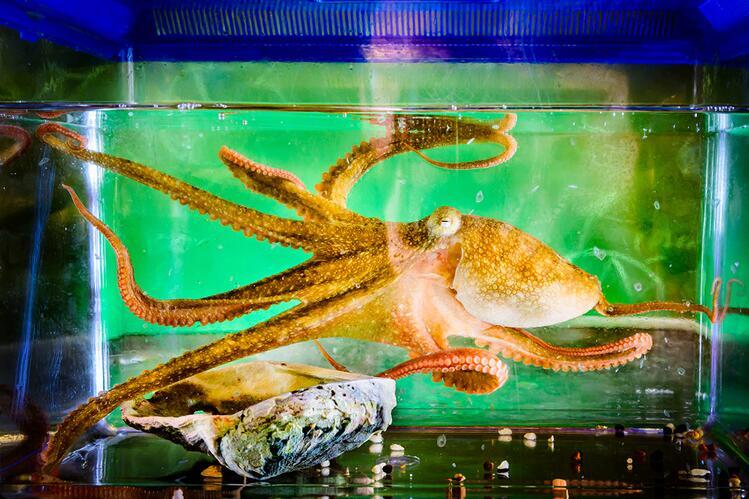From 'CyberSlug' to 'CyberOctopus': New AI explores, remembers, seeks novelty, overcomes obstacles

By giving artificial intelligence simple associative learning rules based on the brain circuits that allow a sea slug to forage — and augmenting it with better episodic memory, like that of an octopus — scientists have built an AI that can navigate new environments, seek rewards, map landmarks and overcome obstacles.
Reported in the journal Neurocomputing, the new approach gives AI the ability to explore and gather the information it needs to expand its spatial and temporal awareness, growing its knowledge base while learning on the job, said Ekaterina Gribkova, a postdoctoral researcher at the University of Illinois Urbana-Champaign who led the study with U. of I. molecular and integrative physiology professor emeritus Rhanor Gillette, with support from agricultural and biological engineering professor Girish Chowdhary.
“This essentially makes our artificial intelligence much more animal-like than current artificial intelligences,” Gribkova said. “We are learning how to go from something like the memory of a sea slug, which is very, very simple, to something like us.”
The new approach has the added advantage of being more efficient than the standard method of pretraining AI with vast amounts of data before it performs basic functions, she said.
Read more from the Illinois News Bureau.